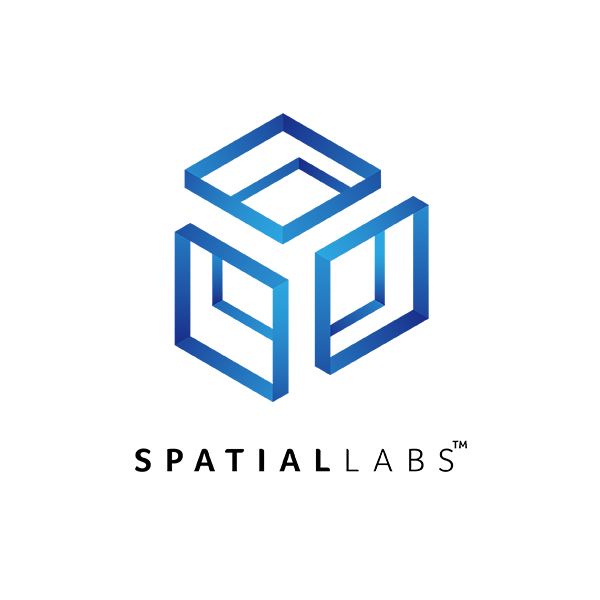
There comes a time when every dog has its day. There also comes a time to replace your computer. Ask five people how often you should replace your computer, and you’re likely to get five different answers. Well today we’re cutting through the confusion around when to buy a new laptop. We’ll explain what Windows 10 EOS (End of Service) means and help you answer the burning question: when should I upgrade my computer? Read on to discover the truth about the upcoming Windows 10 EOS, as well as some warning signs that it is time to upgrade your computer.
What is an EOS?
If you missed our article covering the end of life for Windows 10, here’s a quick overview: After October 14, 2025, Microsoft will no longer provide official updates, security patches, and security support for the outdated version of the OS, namely Windows 10. So, from October 14, PCs still running Windows 10 will be subject to a range of risks, including security vulnerabilities, software compatibility issues, and loss of tech support. Knock on effects of these issues may include decreased productivity and performance, and compliance and regulatory risk for businesses, leading to potential legal consequences and fines. We’re not here for a Windows 10 vs Windows 11 discussion, but the takeaway is: upgrade or extend your security updates before the Windows 10 EOS.
Should I upgrade my PC?

Time is seldom kind to athletes, rock stars, or technology. But how do you know when it's time to upgrade your computer? Crank up your old computer and take note: there are several things to look out for that may mean it's time to bid farewell to your current device.
1. Boot-up and performance are painfully slow. No one likes waiting around for an old PC to warm up. If your computer takes longer than it once did to start up and launch apps, then this is a sign that your hardware is struggling to keep up with the demands of modern computing. If you’re using an older hard drive with a mechanical HDD, long startup times might make you consider upgrading to a device with SSD storage. An outdated CPU and limited RAM may lead to lags in daily computing, and your computer may struggle with basic multitasking and running mode programs. Sluggish computing is no fun, so you may want to upgrade for increased productivity and better user experience.
2. You're constantly running into compatibility issues. Technology is a swiftly evolving beast. Unsurprisingly, new games and software are designed to run on devices with high RAM specs and the latest GPUs and CPUs. System limitations mean that older PCs simply can’t support many new programs like productivity tools and creative software, leading to compatibility issues. This can lead to error after error, crashes, and the inability to install essential updates. Depending on what you use your computer for, if you can no longer install or run the programs you require, do yourself a favor and update before it's too late!
3. Missing key modern features. Regardless of whether you’re a tech enthusiast interested in following all the latest PC features, or someone who simply uses your computer as a tool to get work done, there are certain features that a PC in 2025 will struggle without. Lack of USB-C means slower data transfer and limited peripheral compatibility. Fast charging and Thunderbolt support won’t be possible, and you’ll also be unable to connect to new accessories, or use the latest networking tech. Without Wi-Fi 5 or Bluetooth 6, you’ll be dealing with weaker, slower wireless connections. An upgrade provides access to a world of speedy, versatile connections.
4. Overheating, loud noises, or poor battery life. If your PC is starting to sound like an old diesel engine, then it may be time to cool off with a new device. Fans constantly fanning can indicate thermal throttling, meaning that your CPUs clock speed is automatically reduced to stop heat damage. If your PC gets hot during basic tasks, then performance and lifespan are both suffering. And it’s not just heat you need to worry about; battery life matters too. Battery life on even the newest devices slowly decreases over time, but an old battery that can hardly run unplugged means it's time for a new laptop.
5. Hardware security vulnerabilities. If you’re unfamiliar with TPM 2.0 and Secure Boot, please check that your device is protected as it may be vulnerable to attack! Trusted Platform Module (TPM) is a hardware-based security feature that enhances your computer’s security, while Secure Boot prevents malicious software from loading when your PC starts up. Older devices may not receive firmware or critical driver updates, while BIOS updates and patching for known issues may also be neglected. These vulnerabilities may compromise your data, leading to all sorts of problems. Upgrade your PC and say hello to modern hardware that massively improves threat prevention through encryption and authentication.
6. Your PC can’t run Windows 11. That means once Windows 10 support ends, you’ll be stuck with an outdated system that no longer receives essential security updates or performance fixes. Windows 11 requires relatively recent CPUs, TPM 2.0, and Secure Boot security features. Without Windows 11, you’ll be unable to receive updates, performance optimizations, and of course, security improvements.

Time to upgrade?
We hope that today’s discussion has helped you decide if it's time to upgrade your PC. Whatever you use your computer for, whether it's gaming, work, studies, or entertainment, we strongly recommend you equip yourself with a PC that runs Windows 11 before the Windows 10 EOS in October. Oftentimes the signs we’ve covered start to appear all at once: a loud fan announces an overheating device that’s slow to startup and struggles with simple software.
When your beloved PC reaches that point in time, do yourself a favor and upgrade. You deserve it!
Head to the Acer Store page to check out all the latest, greatest PCs and find one that suits your individual requirements and budget.
Recommended Products








